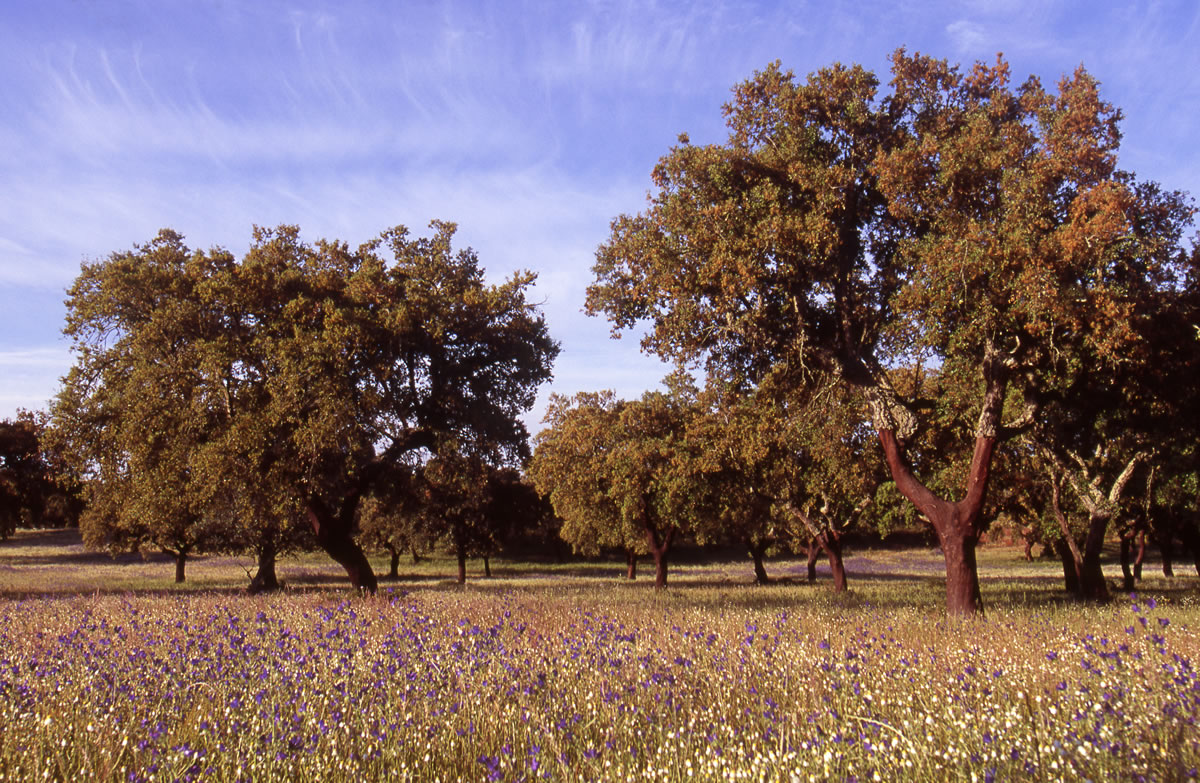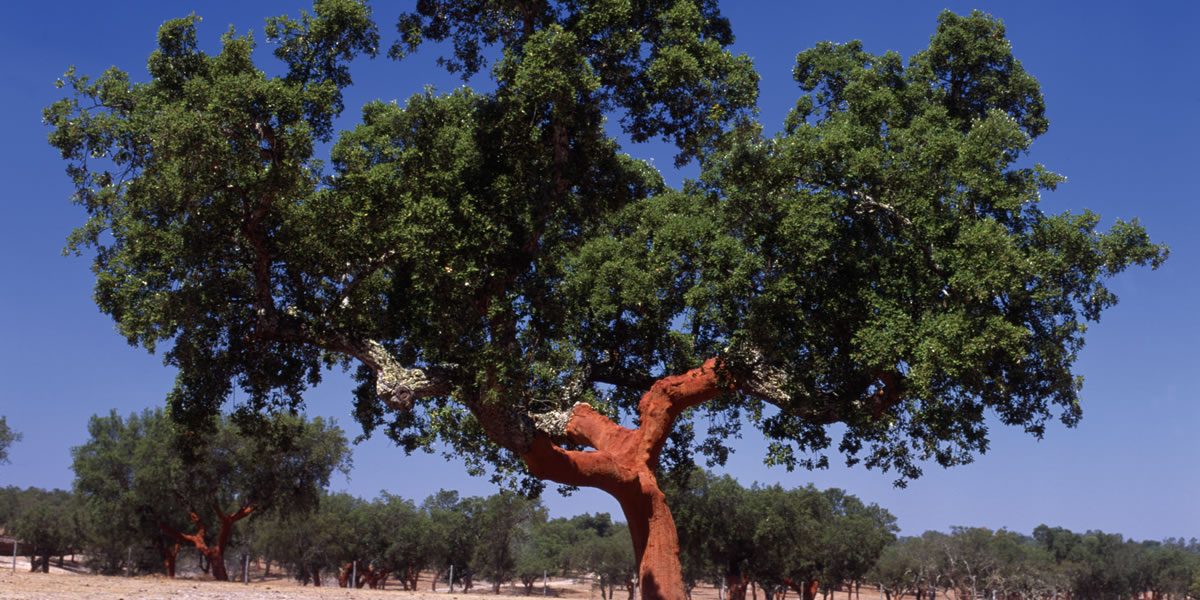Cork itself is one of the most environmentally friendly materials on the planet – it is made by removing the bark from the cork oak tree, which does not kill the tree, but rather the bark regenerates to be removed time and time again. So in this sense alone, it is difficult to think of a more sustainable product than this. However, the green credentials of cork stretch further than this, as every particle of cork bark that is removed from the trees gets to be used and nothing is wasted.

Cork bark comes in lots of different qualities – the best is extremely smooth and thick, whereas low quality cork bark will be thin with a rough texture. In simple terms, the premium quality cork gets used to make natural cork stoppers for wine or bartop corks spirits and the offcuts from this process and most of the lower quality cork gets agglomerated to make cork granules that are mainly glued together to make agglomerated cork products (either agglomerated cork stoppers or other products such as flooring or tableware).
The granules are sorted by density, because there is a very wide range of properties associatied with granules of different densities – the soft (low density granules of around 60 kg/m3) are generally used for stoppers and are the most expensive, where as the high density (woody granules with a density of up to 220 kg/m3) are much less expensive and can be used for things like cork infill for sports pitches. Granules of intermediate density can be used for things like flooring.

Meanwhile the dust that is generated in processing cork is removed through ventilation systems and bagged up to be used for a variety of cork products (typically mixed in with other materials to add insulation and/or elasticity to a polymer for example).
The more resinous cork that is removed from the upper branches and younger cork oak trees, is granulated and under heat and pressure in an autoclave the resins are released to bind the granules together to make expanded cork (a 100% natural insulation product) – in this case the heat needed for this process is generated from branches trimmed from the cork oaks, or waste granules produced in processing, so even this leaves no carbon footprint.

Add to this the fact that the cork forests are a unique ecosystem and one of the key sustainable (and profitable) carbon sinks of Portugal (and to a lesser extent other Mediterranean countries) , which do not require irrigation, fertilizers or heavy machinery to manage them and you will see that it is difficult to find a material that is more beneficial to our planet than cork!








